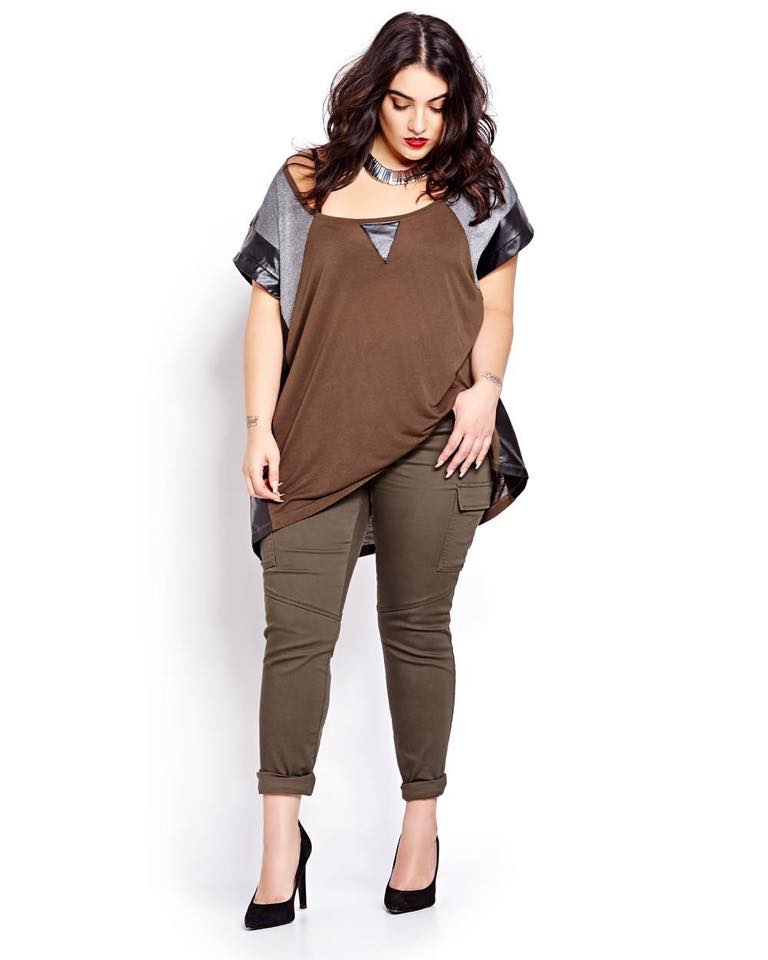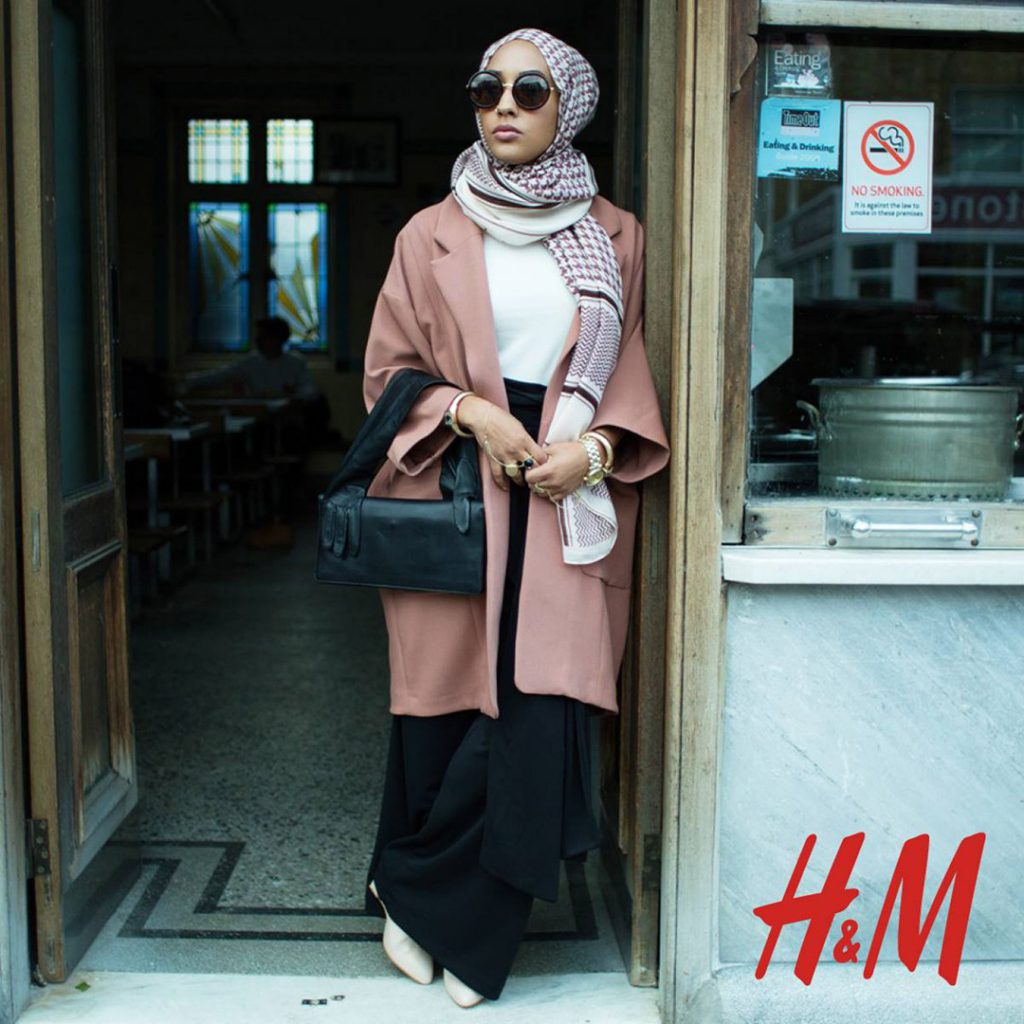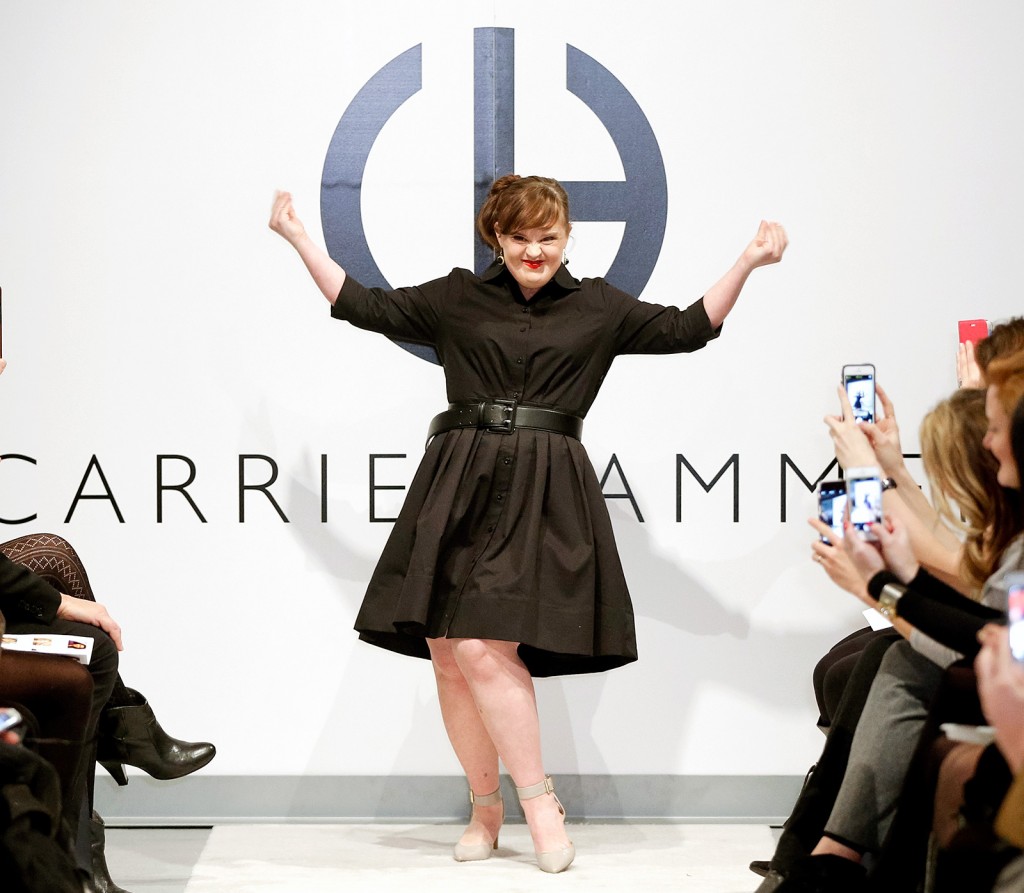By Sana Panjwani
The fashion industry is certainly no stranger to controversy with many calling attention to an issue in recent years – its startling lack of diversity on the runway.
Questions regarding the underrepresentation of other cultures, ethnicities, body types and characteristics have often been raised and heatedly debated over the past decade. The representation and presentation of the ‘perfect’ body type – tall and thin – has been far more promoted and celebrated in the modeling industry, almost exclusively, as opposed to any other. This unrealistic ‘ideal’ has also fueled the notion that other body types are lacking in comparison, catalyzed serious issues including discrimination, lack of empowerment, negative body image issues and promoted a sense of cultural invisibility.
However, there have been instances where the industry has chosen to embrace diversity and showcase the world for what it truly looks like and not what it “should” look like.
In its latest fall collection, international clothing brand H&M chose Maria Hidrissi, a Muslim woman in a headscarf, to be one of the post children for their new Fall conscious clothing line to much surprise, appraisal and applause. They also released a sneak peek of their upcoming ‘Close The Loop’ campaign to get the world recycling, make fashion more sustainable and prove that fashion has ‘no rules.’ The global campaign featured people of different shapes, genders, religions and backgrounds to become one of the most brilliantly diverse fashion campaigns to date – a clear step forward towards the inclusion and celebration of all beauty standards.

Lebanese-American fashion blogger and model Nadia Aboulhosn is another inspiring role model.
All about self-expression and leaving her mark on the world, she recently launched her capsule collection, Addition Elle, at NYFW and is described as a “fashion ambassador in the plus-size world [who] not only captivates her followers with her stylish taste, but inspires them with her positive outlook toward life.”
Aboulhosn, however, bristles at the ‘plus-size’ label, saying: “I’m happy I represent for [plus-size women] but I also have anorexic and bulimic women telling me, ‘You saved my life!’ So why would I want to just inspire plus-sized women?”
There have also been some inspiring examples of representation of disabled people recently, both on the runway and gracing the cover of magazines as well.
Jillian Mercado and Jamie Brewer are two such models who have been winning headlines with their newly-found modelling avenues.
Mercado, a 28-year-old New Yorker diagnosed with muscular dystrophy, was recently featured in Diesel’s 2014 Spring campaign, ‘We Are Connected’, for whose casting call she had initially registered as a ‘joke.’ She was surprised to have been picked to represent 1 of 23 young, culturally-representative models but wholly embraced the opportunity and wishes that the campaign “gives hope to people who are maybe saying, “My life is over” because they are disabled. You can totally do it, nothing should be stopping you.”
Cat Smith, a doctoral researcher at London College of Fashion, says there is “a real cultural invisibility” in fashion, TV, politics and writing when it comes to disabled people.
“It’s certainly important to see disabled models because seeing people who look like you is important in fostering empowerment and making you feel a little less invisible,” said Smith. “Visibility also creates a more realistic representation and understanding of the lives of disabled people.”
American Horror Story star Brewer, on the other hand, made her debut as the first-ever model with Down Syndrome to not only grace the runway at the New York Fashion Week, but totally own it. NYFW also held another show exclusively featuring models with disabilities from around the world in partnership with Fondazione Vertical, an Italian research foundation for spinal cord injuries.
Brewer was also featured in designer Carrie Hammer’s inspiring fashion show earlier this year, Role Models, Not Runway Models, which featured a diverse group of models including CEOs, innovative entrepreneurs and all-around successful women of varying ages, sizes and body types.
“What I hope, is that this begins to shift the definition of beauty, what it means to be beautiful, what it means to be a model in fashion and that it really becomes role models, not runway models,” says Hammer.
Palestinian-American comedian Maysoon Zayid, who was also included in the show, said, “I want teens, and college students and people even who are senior citizens to understand that the image that defined beauty for so many years, that didn’t look like them, is no longer the definition of beauty.”
But are these fleeting moments of inclusiveness and change or truly genuine steps taken to bridge the industry’s diversity gap?
“What I find frustrating,” says Cat Smith, “is that you see the same thing over and over again. Fashion week comes around, a couple of shows include disabled models – and that is a good thing – but the coverage that follows is often quite patronizing. It often becomes a fuzzy, inspirational human interest story, aimed at a non-disabled audience, rather than a step towards real inclusivity.”
Similarly, Chelsea Jay, a campaigner and director of the models with a disability division at non-profit organization Models of Diversity, says: “I’ve always loved fashion – it can be so empowering. But it also feels like that popular friend who is sometimes so nice to you and other times makes you feel like the worst person alive. It’s a big fat contradiction. [The industry] seems permanently on the cusp of change, but it never quite gets there.”
It is often argued that the public should should not look to the fashion industry to set the standards for beauty, but rather create their own definition. Given its current deeply embedded place in society and constant coverage, however, the traditional exclusivity with elite fashion circles have built a certain amount of invisibility in the eyes of society, creating a homogeneous standard of beauty that is lazy and imbalanced.
What the industry and its investors and participants now need to focus on, is the expansion of its vision to encompass the diversity; To represent, showcase and celebrate beauty of all ethnicities, body sizes and lifestyles and to reflect the eclectic beauty of the world’s population.
As supermodel Veronica Webb best put it, “this is where a lot of young women get their idea of beauty from. When you see someone that looks like you,” she said, “it makes women feel beautiful, and it makes women feel they belong.”





















Nice to see real beauty is finally “making a comeback.” Just hope it’s here to stay.
I put stock in you may keep up in posting new material substance and thank you for examining your astonishing considering among us.
Call Girls Saket: Once you hire an escort in Saket you will be the happiest man in Saket. We provide all types of female Saket escorts including Russian escorts,
http://www.reeyasharma.com/
nice post
This is really amazing
This is really amazing
This is really amazing
This is really amazing
This is really amazing
MUJ SE DOSTI KARNI H
JOKER KING
lokk